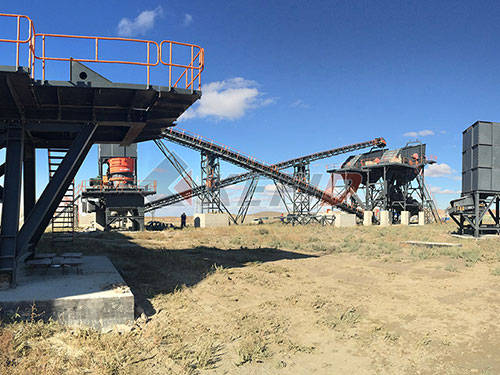The Unseen Depths of Hotline Miami: Beyond the Pixelated Carnage
The name “Hatfield Crusher” echoes with a peculiar dissonance in the annals of gaming. It sounds like a forgotten arcade cabinet, a brutal wrestling move, perhaps even a local legend whispered in dusty bars. Yet, for those who have truly navigated its neon-drenched, blood-soaked corridors, it represents something far more profound: an accidental masterpiece born from misinterpretation. This is not about correcting a name, but about excavating the raw, pulsating core of Hotline Miami – a game whose superficial violence masks one of the most potent and unsettling critiques of player agency and nihilistic consumption ever coded.
I. The Aesthetic Trap: Beauty Forged in Chaos

To dismiss Hotline Miami as merely “violent pixel art” is to overlook its deliberate and masterful construction of atmosphere – an atmosphere that seduces before it repels.
Neon Noir & Synthwave Heartbeat: The game doesn’t just use 80s aesthetics; it weaponizes them. Palm trees cast long shadows under sickly pink and cyan skies. Geometric patterns carpet floors beneath flickering fluorescent lights. Every environment feels simultaneously vibrant and decaying, a visual representation of the era’s perceived glamour masking underlying rot. This isn’t nostalgia; it’s necromancy – resurrecting an aesthetic to expose its inherent artificiality and latent darkness.
Diegetic Dissonance: Sound isn’t accompaniment; it’s environment. The pounding synthwave soundtrack (featuring artists like M|O|O|N, Perturbator, Jasper Byrne) isn’t background music piped into the player’s ears; it exists within the game world itself. You hear it thumping from unseen stereos in adjacent rooms or blaring from car radios as you approach buildings. This diegetic integration creates an unnerving dissonance: how can such infectious, driving rhythms underscore such horrific acts? It forces complicity – your violence becomes choreographed to this irresistible beat.

Pixel Precision & Visceral Impact: The top-down perspective and pixelated graphics initially seem distancing, almost quaint. Yet this visual language proves brutally effective. Movement is sharp and immediate; deaths are sudden explosions of crimson pixels that somehow feel more impactful than high-fidelity gore. The abstraction paradoxically heightens the brutality by focusing on its essential elements – impact trajectory, splatter patterns, the abrupt cessation of movement. It strips away distracting

Leave a Reply